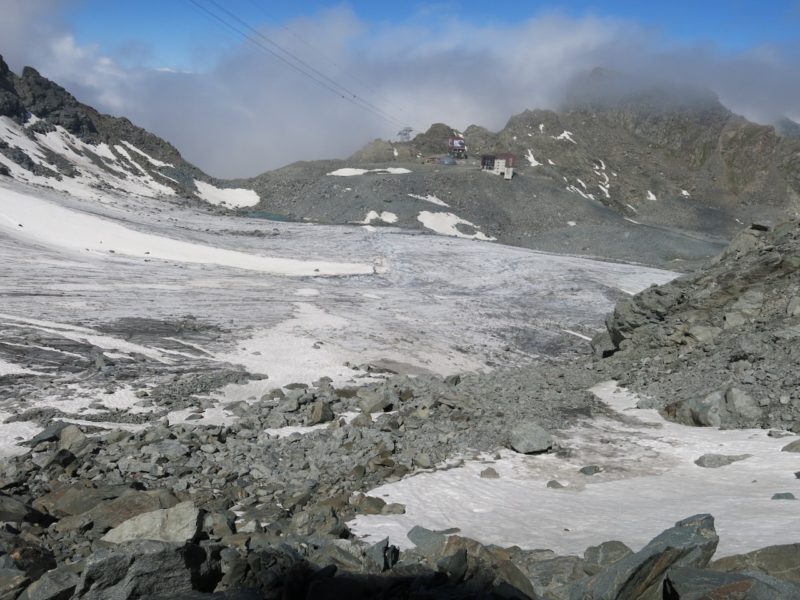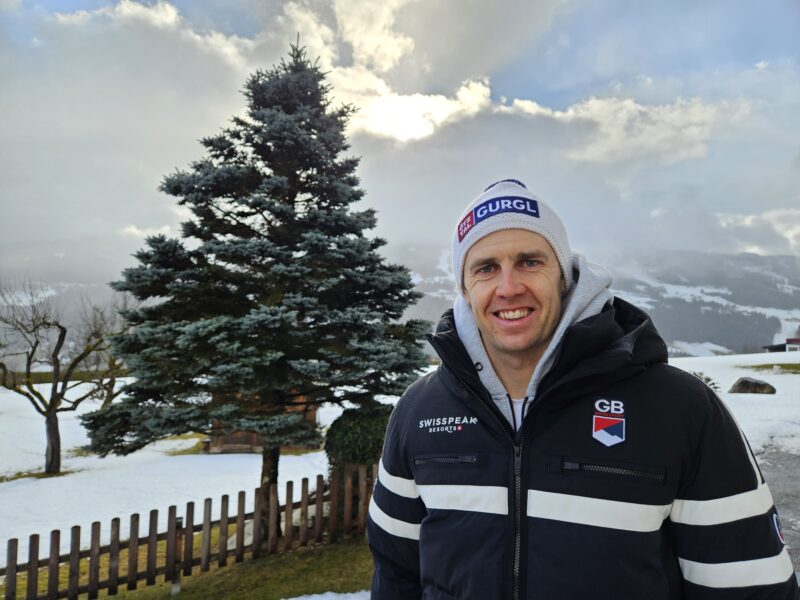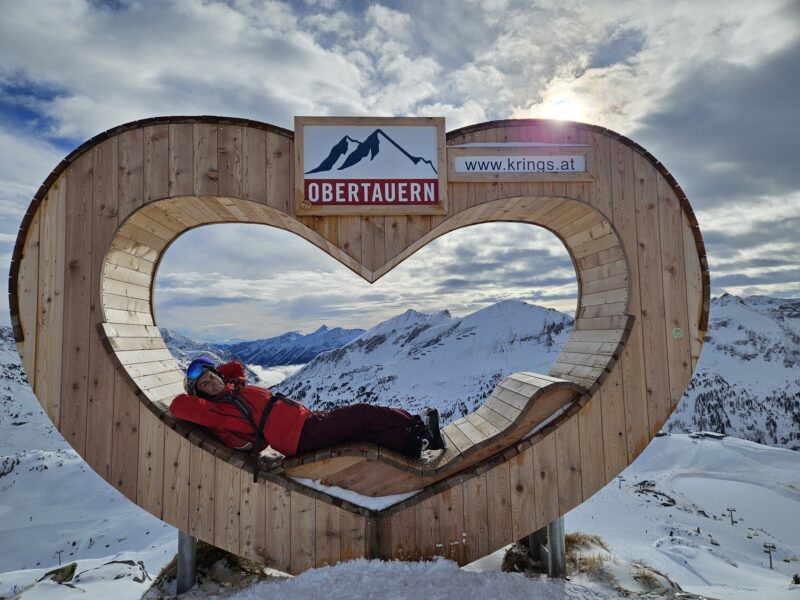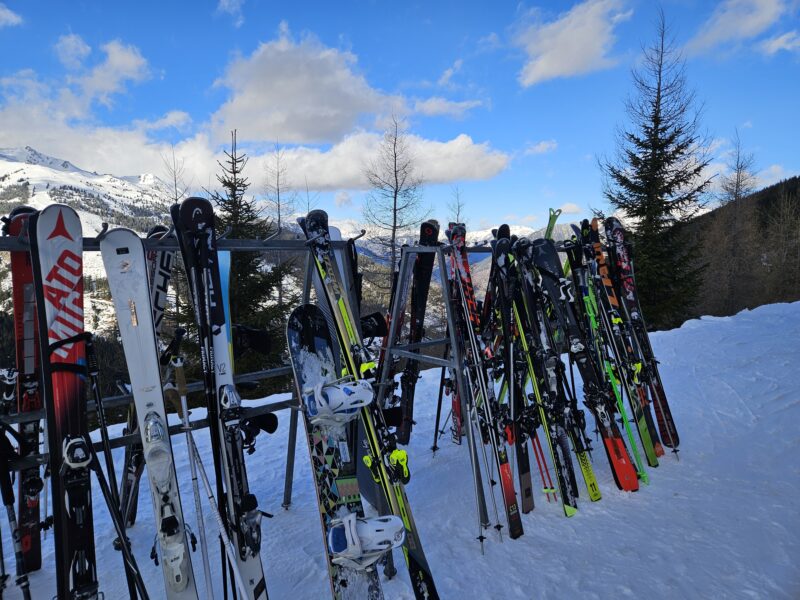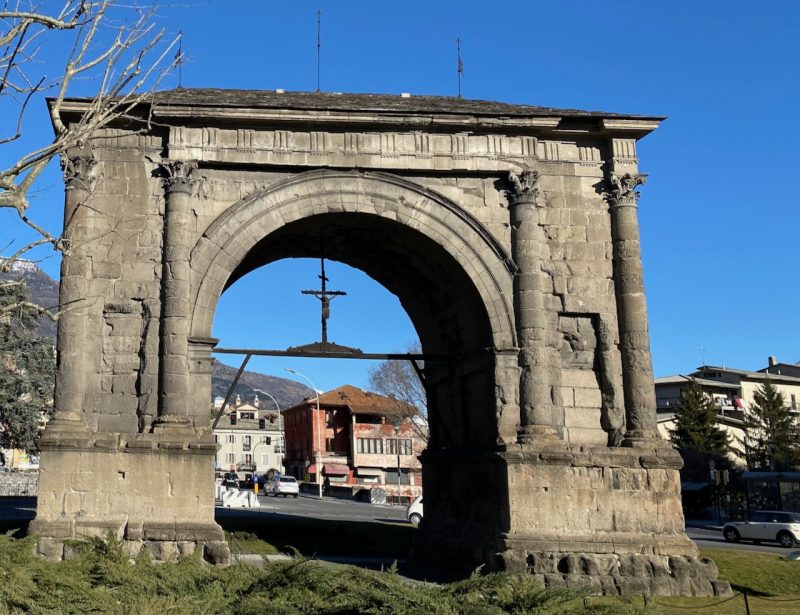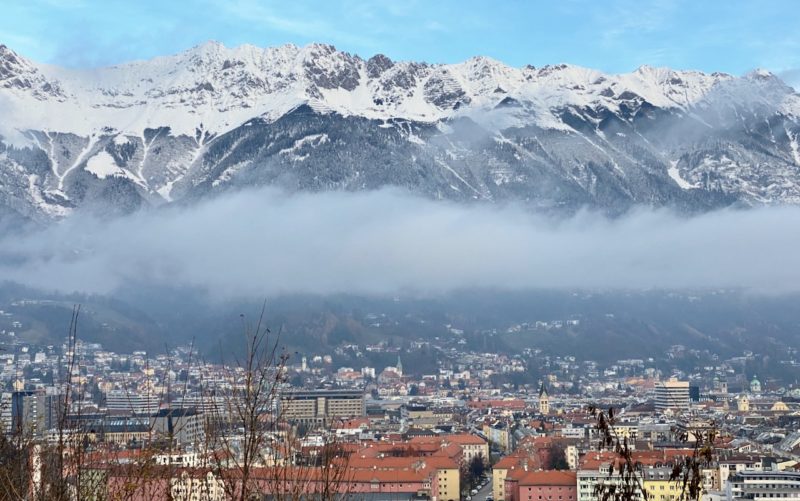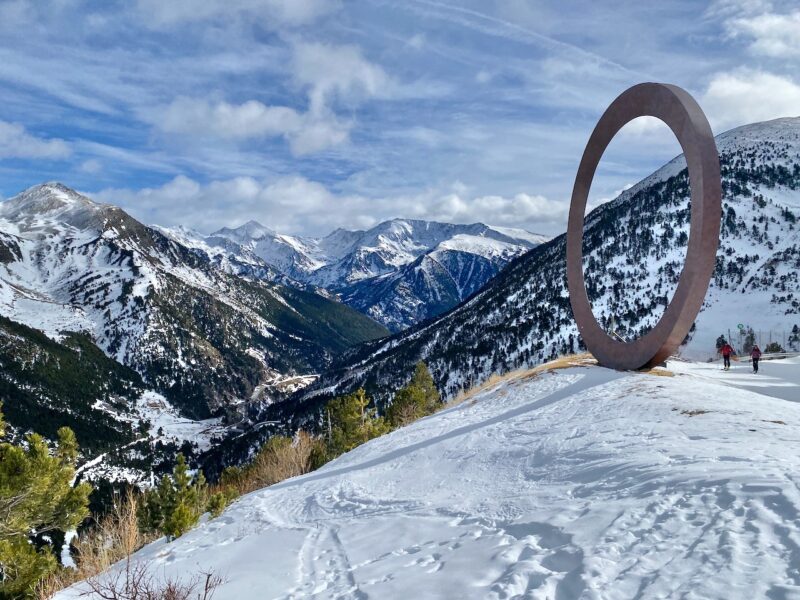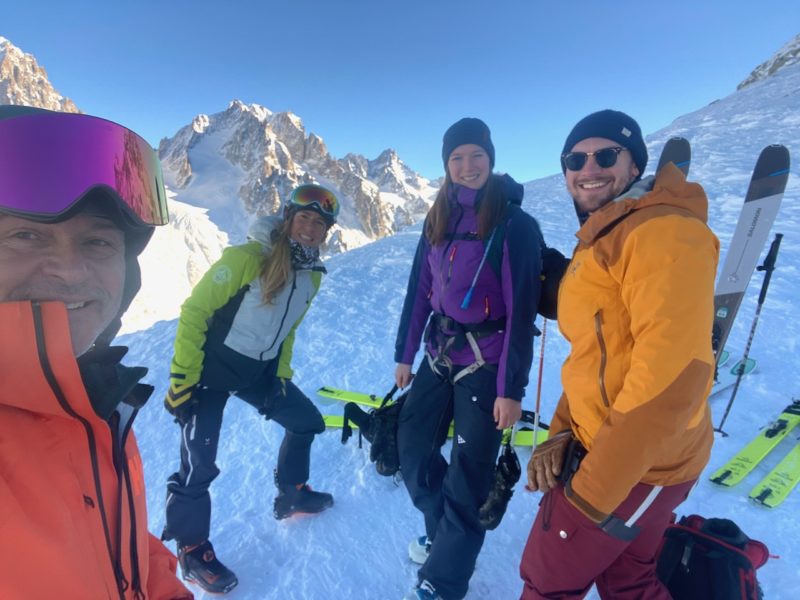Survival Rate for Avalanche Burials Increases by 10% Since 1994
29th September 2024
Last modified on October 2nd, 2024
The rise is put down to improvement in equipment, better search & rescue, improved medical treatment and more training.
The figures come from Eurac Research and have been published in the journal JAMA Network Open.
“Up until 1990 43.5% of buried victims survived; now, it’s 53.5%,” explains Simon Rauch, the study’s lead author and an emergency physician at Eurac Research.
“We analyzed data from 1981 to 2020 and compared it with a 1994 Nature study that covered a ten-year period.”
The new analysis also shows:
- The survival probability for long-term burials (over 130 minutes) has increased from 2.6% to 7.3%.
- The average rescue time has dropped from 45 minutes to 25 minutes.
- Rescue time decreased from 15 to 10 minutes in cases when a companion was present, while organized rescue times fell from 153 to 90 minutes.
- The phase where survival probability exceeds 90% has shortened from 18 to just 10 minutes.
“In 1994, we divided the survival curve into different phases and discovered that the first phase, when survival rate is very high, lasted up to 18 minutes,” said Hermann Brugger of Eurac Research, author of the original 1994 study and co-author of the current one.
“This became a global reference point in mountain rescue, but it now needs to be modified.”
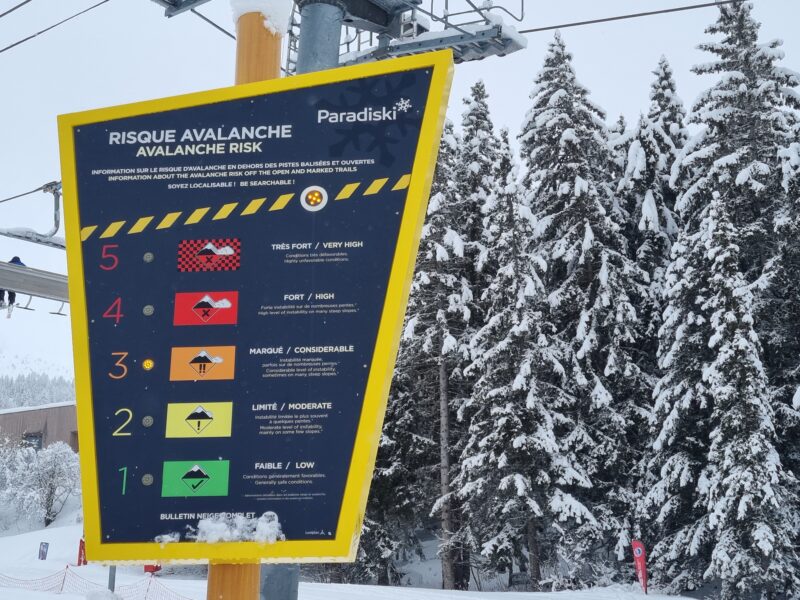
Avalanche danger scale. Image © PlanetSKI
“It could be that due to climate change and other factors, snow density has increased,” added Rauch.
“The denser the snow, the less air it contains, making it harder to breathe under the snow.
“Time is the critical factor, and ten minutes is not long.
“Therefore, it’s essential to understand that the survival chances in an avalanche burial are three times higher when excursion companions are able to dig out the victims, rather than when organised rescue teams are involved.”
The study also highlights measures that have significantly reduced the mortality rate for avalanche victims in recent decades:
- Avalanche warning services,
- Training for ski tourers,
- Advances in location and rescue techniques,
- Improved emergency medical care,
The Swiss Institute for Snow and Avalanche Research provided the data for the study, with biostatistician Markus Falk contributing a statistical analysis.
More information: Simon Rauch et al, Avalanche Survival Rates in Switzerland, 1981-2020, JAMA Network Open (2024). DOI: 10.1001/jamanetworkopen.2024.35253


